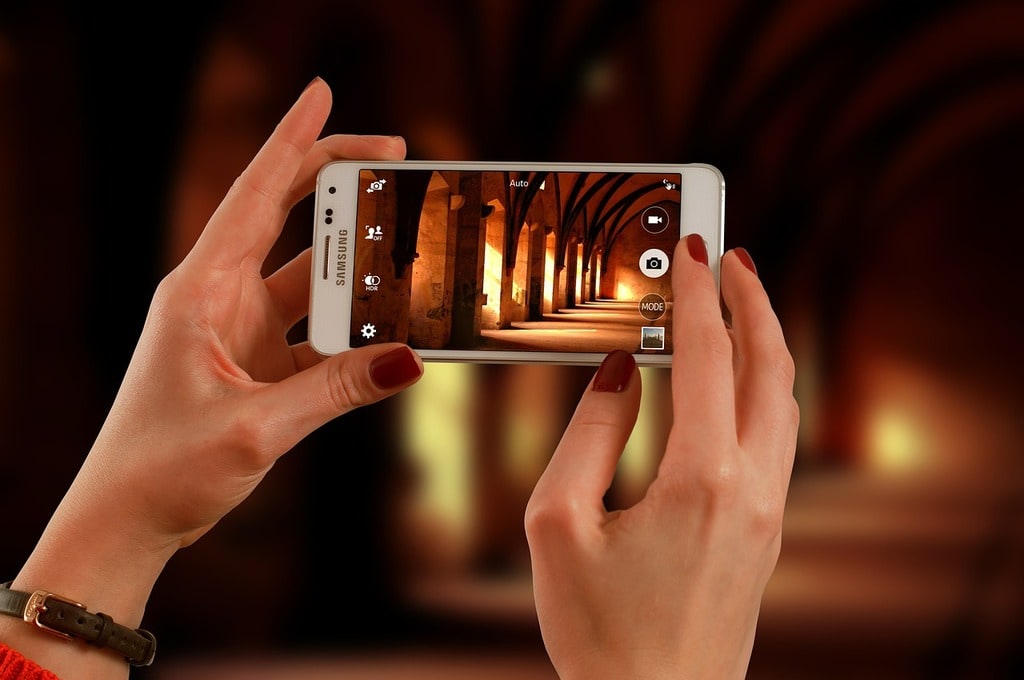Lighting is often considered one of the most significant yet understated elements in filmmaking. While audiences may be captivated by compelling narratives and stellar performances, the lighting design plays an equally vital role in shaping the mood, tone, and overall aesthetic of a film. It is the invisible hand that guides the viewer’s emotions, subtly emphasizing what is important and drawing attention to details that might otherwise go unnoticed. Understanding how lighting influences the visual storytelling process is essential for those seeking to appreciate the true artistry behind cinematic masterpieces.
Lighting’s Impact on Visual Storytelling in Cinematic Masterpieces
In the realm of filmmaking, lighting serves as more than just a technical requirement; it is a powerful tool that enhances the storytelling process. Through the careful manipulation of light and shadow, filmmakers can create depth, contrast, and a sense of realism that draws the audience deeper into the narrative. For instance, the use of high-contrast lighting can evoke a sense of tension and unease, while softer, diffused lighting might convey a more romantic or tranquil atmosphere.
In films like “Blade Runner” and “The Godfather,” lighting is used not only to highlight characters but also to underscore the thematic elements of the story. In “Blade Runner,” the interplay of light and shadow reflects the dystopian world the characters inhabit, creating a visually striking contrast between the artificial and the natural. Meanwhile, in “The Godfather,” the use of low-key lighting creates a sense of foreboding, mirroring the moral ambiguity and darkness of the characters’ actions.

The Art of Chiaroscuro: balancing Light and Shadow
Chiaroscuro, a term borrowed from the Renaissance art world, refers to the dramatic use of light and shadow to create a sense of volume and depth. This technique is especially effective in film noir, where the contrast between light and dark is used to amplify the tension and mystery inherent in the genre. The stark lighting not only adds visual interest but also helps to define the moral landscape of the story, often portraying characters as complex and morally ambiguous.
Directors like Alfred Hitchcock and Orson Welles mastered the use of chiaroscuro to create visually compelling scenes that linger in the viewer’s mind long after the credits roll. In Hitchcock’s “Psycho,” the iconic shower scene is a prime example of how lighting can be used to heighten suspense and horror. The harsh, overhead light casts deep shadows, creating an atmosphere of menace and vulnerability that is essential to the scene’s impact.
Natural Light vs. Artificial Light: choosing the Right Source
The choice between natural and artificial lighting is a critical decision that can greatly influence the mood and authenticity of a film. Natural light, with its inherent variability and warmth, is often favored in films that strive for realism and intimacy. For example, Terrence Malick’s “The Tree of Life” makes extensive use of natural light to create an ethereal, almost otherworldly quality that complements the film’s exploration of memory and existence.
On the other hand, artificial lighting offers filmmakers greater control over the environment, allowing for precise manipulation of color temperature, intensity, and direction. This control is particularly important in genres like science fiction and fantasy, where the creation of a unique visual world is essential to the story. Stanley Kubrick’s “2001: a Space Odyssey” exemplifies this approach, with its meticulously crafted lighting that enhances the futuristic, sterile environment of the film.
Lighting Techniques that Define Genres
Different genres often call for distinct lighting techniques to convey their unique atmospheres and emotions. Below are some examples of how lighting defines various film genres :
- Film Noir: high contrast, low-key lighting to create a sense of mystery and tension.
- Romantic Comedies: soft, warm lighting to evoke a light-hearted, feel-good atmosphere.
- Horror Films: harsh, directional lighting to cast ominous shadows and build suspense.
- Sci-Fi: cold, artificial lighting to enhance the otherworldly or futuristic setting.
- Dramas: naturalistic lighting to create a sense of realism and intimacy.
These techniques are not rigid rules but rather tools that filmmakers use to shape the visual narrative, adapting them to suit the specific needs of the story and characters.
Lighting as a Symbolic and Emotional Language
Beyond its technical aspects, lighting in cinema often carries symbolic meaning, reinforcing themes and character development. For example, in Francis Ford Coppola’s “Apocalypse Now,” the gradual dimming of light as Colonel Kurtz delivers his final monologue serves as a metaphor for the character’s descent into madness. The encroaching darkness mirrors the internal corruption and loss of humanity that lies at the heart of the film’s narrative.
In many films, light and color are used to represent emotions and psychological states. The shift from warm to cool tones might signify a character’s emotional journey from hope to despair, or the use of red lighting might indicate anger, passion, or danger. These visual cues, when employed effectively, deepen the audience’s connection to the characters and the story, creating a more immersive cinematic experience.
The Timeless Influence of Lighting in Cinema
Lighting has been and will continue to be an essential element in the creation of cinematic masterpieces. Its ability to influence mood, emphasize themes, and guide the audience’s focus is unparalleled. As technology evolves, filmmakers are presented with even more opportunities to experiment with lighting, pushing the boundaries of what is visually possible on screen.
In every era, from the golden age of Hollywood to contemporary cinema, the mastery of lighting has distinguished the work of great filmmakers, ensuring their stories are not only seen but felt. This enduring power of lighting underscores its vital role in the art of filmmaking, proving that sometimes, what is left in the shadows speaks as loudly as what is illuminated.
